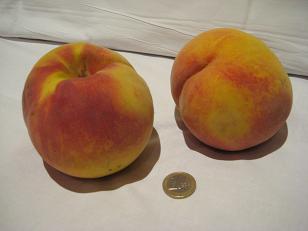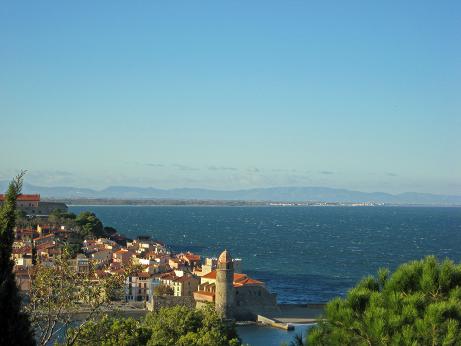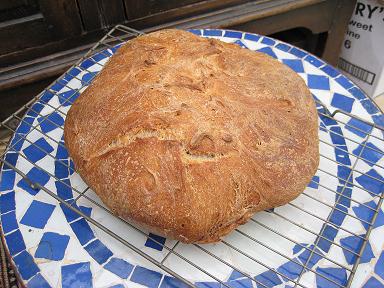My eternally bargain-hunting mother recently bought two pairs of trousers from Primark for under a fiver. Her high street foray was so economically successful and so thoroughly exhausting that she treated herself to a coffee in town afterwards. There is something seriously wrong in a society where a cup of coffee costs more than a pair of trousers.
* * *
“I’ve never had a bad cup of coffee in Spain”, said my cousin recently, “and I’ve never had to pay more than a euro for it”.
The first time I went to Spain I was self-catering and hardly noticed. The second time, touring around Castilla & Leon, I enjoyed the coffee but I was so blown away by how cheaply one could eat at restaurants that the price of a café con leche didn’t strike me as remarkable. We regularly had three course meals with wine for under €10.
This time, in Barcelona, I really felt I was in an expensive city (and not just because sterling had fallen 25% since my last visit). I had expected it to be more expensive than provincial Spain but perhaps slightly cheaper than Paris, and that a two course dinner and a glass of wine would cost me around €15, but I was finding the typical price was nearer €17-€20.
I was probably eating in an expensive district – in a couple of grubbier parts of town and more basic establishments I paid €12, but the quality was variable: delicious lentil soup and grilled sardines at one; very greasy and extraordinary turmeric-coloured battered calamari at the other.
My cheap hotel didn’t offer breakfast – which, generally being an expensive disappointment, I would have eschewed in any case – so I explored the local coffee bars that line the same streets as the tapas bars and restaurants that open much later in the day.
Four mornings in a row I managed to have a cafe amb llet (Catalan for a latte) and a croissant for under €2 (£1.60 at the time – now approaching £2). I will bend my cousin’s rule to allow for Barcelona prices. I drank lots of coffee during my stay but I never paid more than €1,70 and usually under €1,20. The €1,70 was in a terrifically classy café with an intimidatingly elaborate cake display (reader, I refrained).
I don’t think there was a coffee that I didn’t enjoy, except perhaps the one on the train back to France, although even that was far better and cheaper than the usual UK train coffee. Okay, you get at most 200ml for your money, but it’s good stuff and it works – why do you want more?
In a London coffee bar you’d probably be paying more than £2 for the coffee alone, forget the croissant. The UK’s adopted super-size culture means it’s hard to get a take-away coffee on the high street that is less than half a pint in volume, as if the size is somehow supposed to justify the price.
Serving staff can’t understand why you would only want a Regular when you could have a Large for only 20p more. Note: there is no Small.
Some smaller places give ordinary sized cups, but coffee from little independent corner cafés is pretty hit and miss. Sometimes it’s excellent, like at the Italian deli en route to my office, but sometimes it’s really quite unpleasant. Away from the chains, it’s not always outrageously expensive – but quality seems to bear little relation to price. At least with Starbucks, Caffè Nero, etc, you know what you’re getting, even if you don’t like it much. But who would have thought consistency could be so expensive?
It’s only coffee, after all, not wine: seriously fine wine is beyond the means of mortals and even half decent stuff can cost much more than ‘everyday wine’. Admittedly, some coffees are better than others, but the trade price can’t vary that widely with the brand.
In which case, it’s surprising how bad coffee can be in the UK, especially when it’s consistently good in Spain at two-thirds the price.
Posted in digressions, travel
Tags: Barcelona, cafe amb llet, coffee, rip-off Britain, Spain, Starbucks















Recent Comments